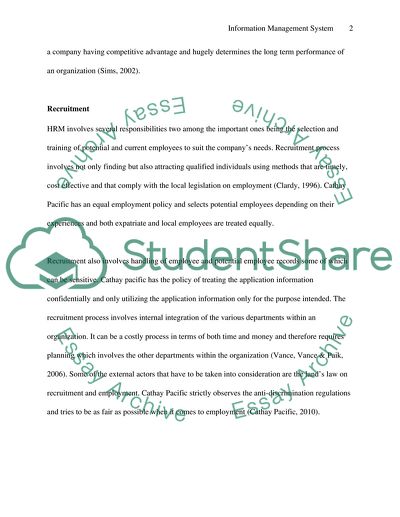Cite this document
(McKinsey 7s and Other HR Management Models for Large Scale Change with Coursework, n.d.)
McKinsey 7s and Other HR Management Models for Large Scale Change with Coursework. Retrieved from https://studentshare.org/human-resources/1735934-human-resource-and-information-management
McKinsey 7s and Other HR Management Models for Large Scale Change with Coursework. Retrieved from https://studentshare.org/human-resources/1735934-human-resource-and-information-management
(McKinsey 7s and Other HR Management Models for Large Scale Change With Coursework)
McKinsey 7s and Other HR Management Models for Large Scale Change With Coursework. https://studentshare.org/human-resources/1735934-human-resource-and-information-management.
McKinsey 7s and Other HR Management Models for Large Scale Change With Coursework. https://studentshare.org/human-resources/1735934-human-resource-and-information-management.
“McKinsey 7s and Other HR Management Models for Large Scale Change With Coursework”, n.d. https://studentshare.org/human-resources/1735934-human-resource-and-information-management.


